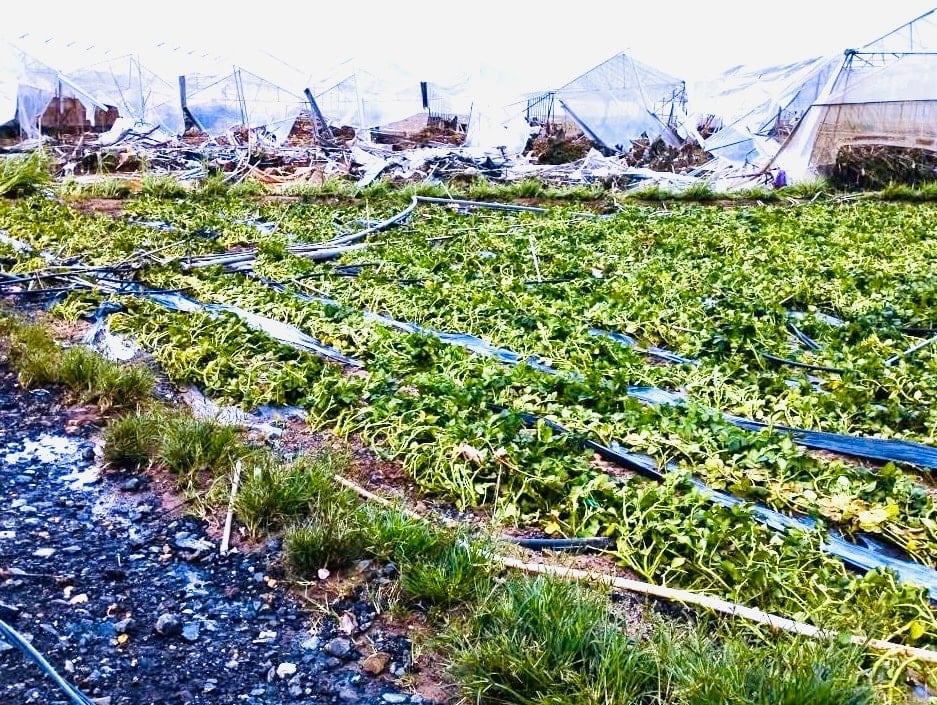
Many communes suffered crop damage due to floods and rains in recent days.
Recently, complicated floods and rains have caused great damage to the province's agricultural production areas, directly affecting the growth, development and productivity of crops. Preliminary statistics from the Provincial Civil Defense Command show that from November 17 to 25, the whole province had more than 4,570 hectares of crops affected and damaged, including 4,439 hectares of rice and vegetables, and 130 hectares of perennial crops.
To overcome and limit the damage, the Department of Agriculture and Environment recommends that localities continue to guide people to implement solutions to restore production according to the recommendations of the agricultural sector. For flooded vegetable areas, people need to check their gardens, take advantage of harvesting areas that can still be harvested; at the same time, destroy damaged plants, clear drainage ditches, plow and dry the soil combined with lime application, and use Trichoderma biological products to improve the soil environment. Then, prepare the land to replant short-term vegetables to compensate for output and meet market demand.
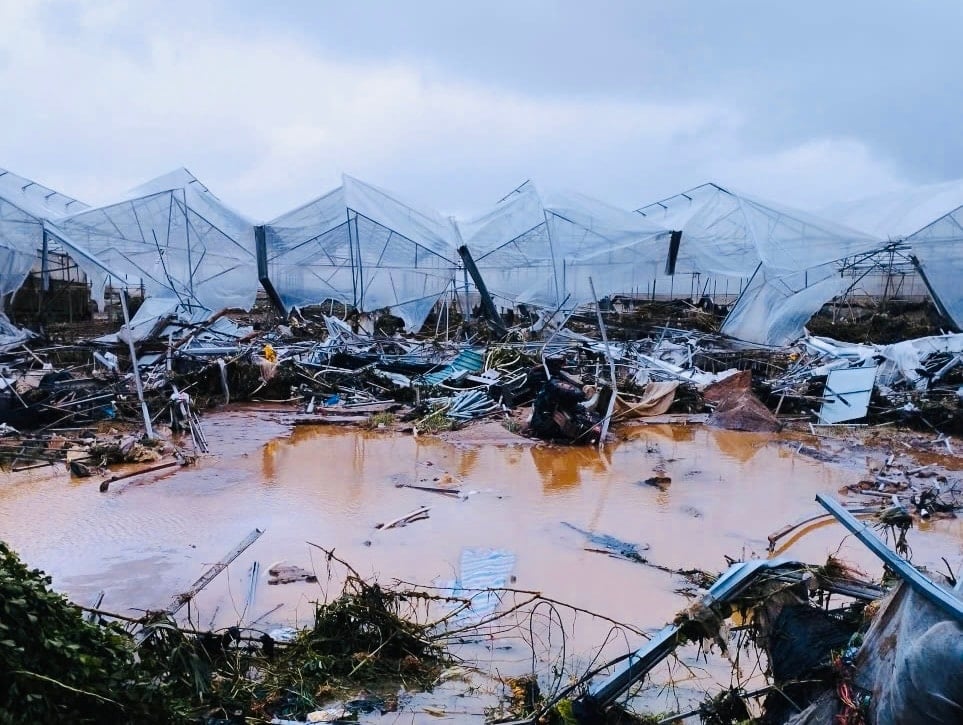
Consequences of floods on vegetable growing areas in D'ran commune
For vegetable areas that can still recover, urgently clear the flow and drain water from the garden. Along with that, it is necessary to use biological products to prevent root rot and wilt; re-erect fallen trees, lightly fertilize with superphosphate and add foliar fertilizers and trace elements to stimulate root growth, helping plants recover quickly after flooding. Localities must also strengthen monitoring and proactively prevent pests that may arise after flooding.
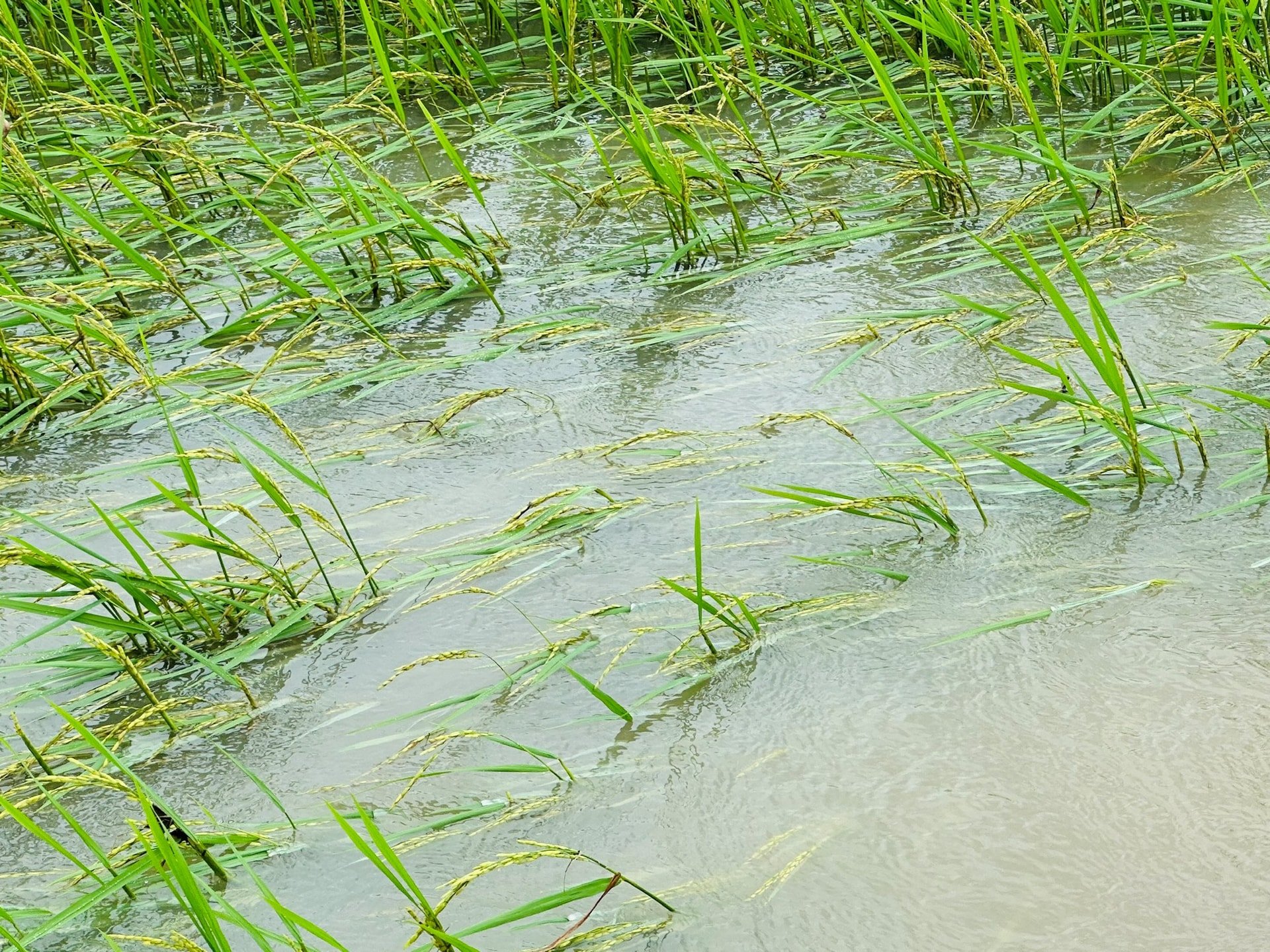
Many rice fields were submerged in flood water.
For rice fields, the provincial Department of Agriculture and Environment recommends draining water quickly and focusing on harvesting areas that are ready for harvest. After harvesting, rice must be threshed, dried or sun-dried, bagged and stored in a dry place to limit loss.
With rice fields in the flowering - milky ripening - waxy ripening stages, farmers should gather 3 - 4 rice plants and set them up in a tripod shape to help the plants stand, creating conditions for the rice to be firm and ripe. When the weather clears up, spray additional potassium foliar fertilizer to help the plants recover quickly and stand firmly.
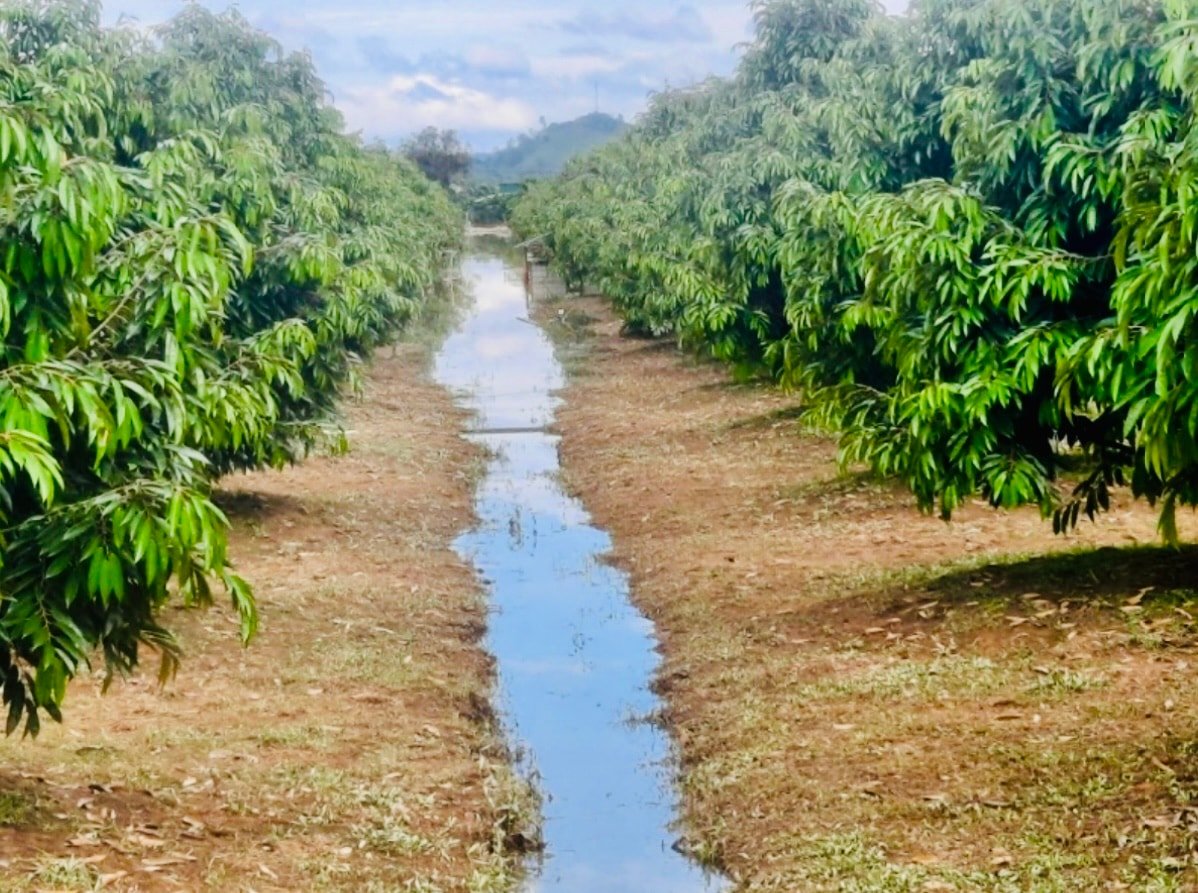
Making drainage ditches on durian growing land
For industrial and fruit tree areas, the Department of Agriculture and Environment recommends that localities instruct farmers to dig ditches and drain water immediately to avoid local flooding; clean up residues on the ground to limit the spread of pathogens. At the same time, it is necessary to cut off broken branches and loosen the crust to create ventilation for the root system. For orchards with young fruit or fruit in the development stage, it is necessary to add foliar fertilizer containing trace elements such as Fe, Bo, Ca, Cu, B, Zn... to avoid cracking and fruit drop. After 20 - 25 days, apply decomposed organic fertilizer combined with Trichoderma and micronutrient foliar fertilizer to stimulate the root system to recover, and the tree will produce healthy shoots.
Particularly for pepper plants, only break the crust when the soil is relatively dry to avoid spreading quick-death and slow-death diseases; at the same time, prune shade trees appropriately. The agricultural sector also reminds localities to strengthen monitoring and prevention of some diseases that often arise after storms such as anthracnose, pink mold, algae spots, bark rot, root rot, etc.
The provincial Department of Agriculture and Environment assigned the Department of Crop Production and Plant Protection; the provincial Agricultural Extension Center to strengthen monitoring of production situation, forecasting pests and diseases on crops to promptly guide and direct production. At the same time, proactively send staff to coordinate and directly support localities to guide farmers in implementing measures to overcome damage and restore production after floods.
Source: https://baolamdong.vn/lam-dong-huong-dan-phuc-hoi-san-xuat-trong-trot-sau-mua-lu-405300.html







![[Photo] Close-up of heavy damage at the school located on the banks of the Ban Thach River](/_next/image?url=https%3A%2F%2Fvphoto.vietnam.vn%2Fthumb%2F1200x675%2Fvietnam%2Fresource%2FIMAGE%2F2025%2F11%2F26%2F1764152130492_ndo_bl_img-8188-8805-jpg.webp&w=3840&q=75)
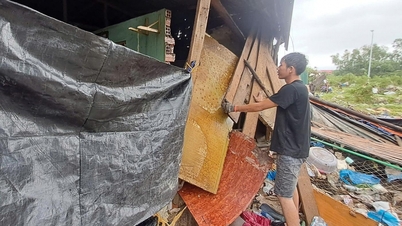



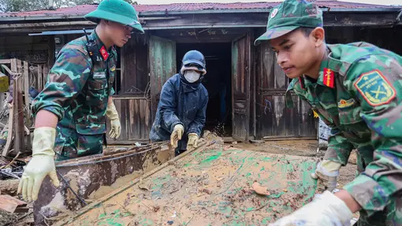



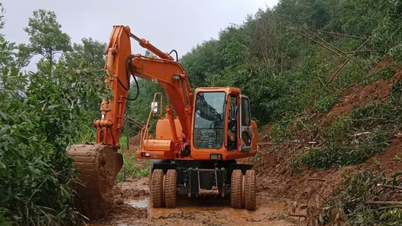


















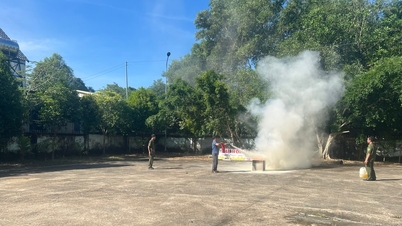






















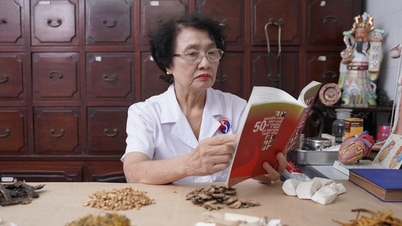
























![[Photo] Opening of the 28th Session of the Hanoi People's Council](https://vphoto.vietnam.vn/thumb/402x226/vietnam/resource/IMAGE/2025/11/26/1764155991133_image.jpeg)






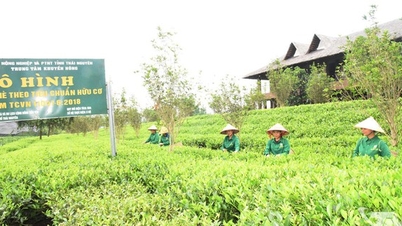

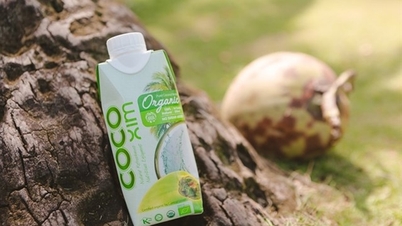






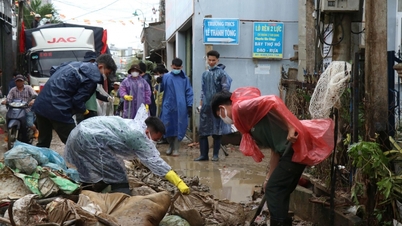













Comment (0)